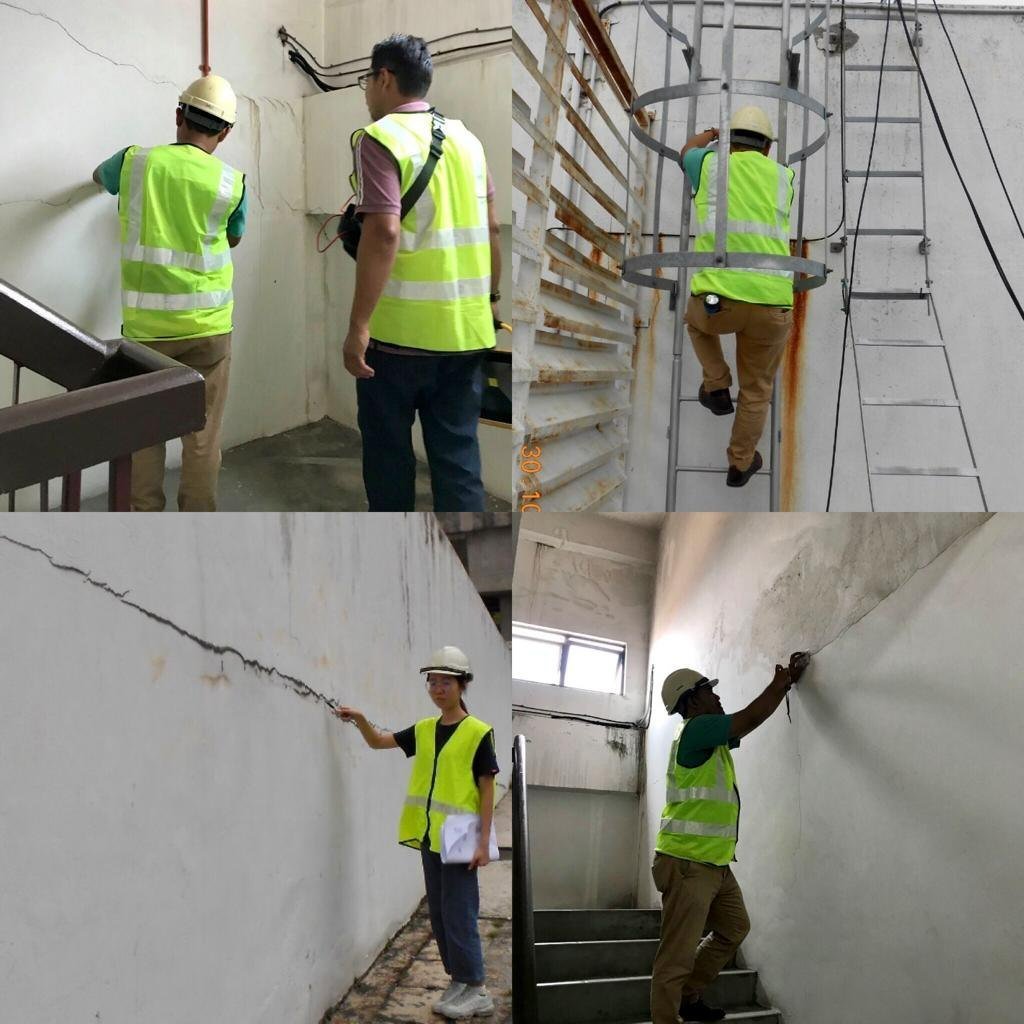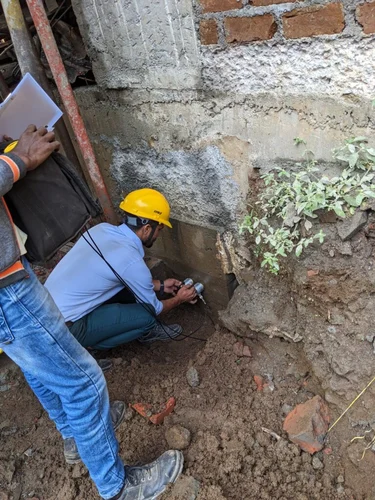Structural Audit

Structural Audit Service in Civil Engineering
A structural audit is an essential process in civil engineering to assess the health, safety, and performance of existing buildings or structures. It identifies structural deficiencies, suggests remedial measures, and ensures compliance with building codes and safety standards.
Objectives of Structural Audit
- Ensure Safety: Evaluate structural stability to protect life and property.
- Extend Lifespan: Identify maintenance needs and prevent premature failure.
- Code Compliance: Ensure the structure adheres to updated regulations and codes.
- Risk Assessment: Detect potential hazards from environmental factors or structural issues.
- Planning Repairs: Recommend cost-effective repair and retrofitting solutions.
Importance of Structural Audits
- Safety Assurance: Prevents accidents and ensures occupants’ safety.
- Legal Compliance: Meets local government mandates for periodic audits, especially for older buildings.
- Economic Benefits: Early detection reduces repair costs and prevents structural collapse.
- Urban Planning: Helps authorities maintain infrastructure in growing cities.
When is a Structural Audit Required?
- Periodically:
- Typically every 5–10 years for buildings over 30 years old.
- Post-Disaster:
- After earthquakes, floods, or any major calamity.
- Renovation or Expansion:
- Before making structural changes to existing buildings.
- Visible Deterioration:
- When cracks, leaks, or corrosion appear.

